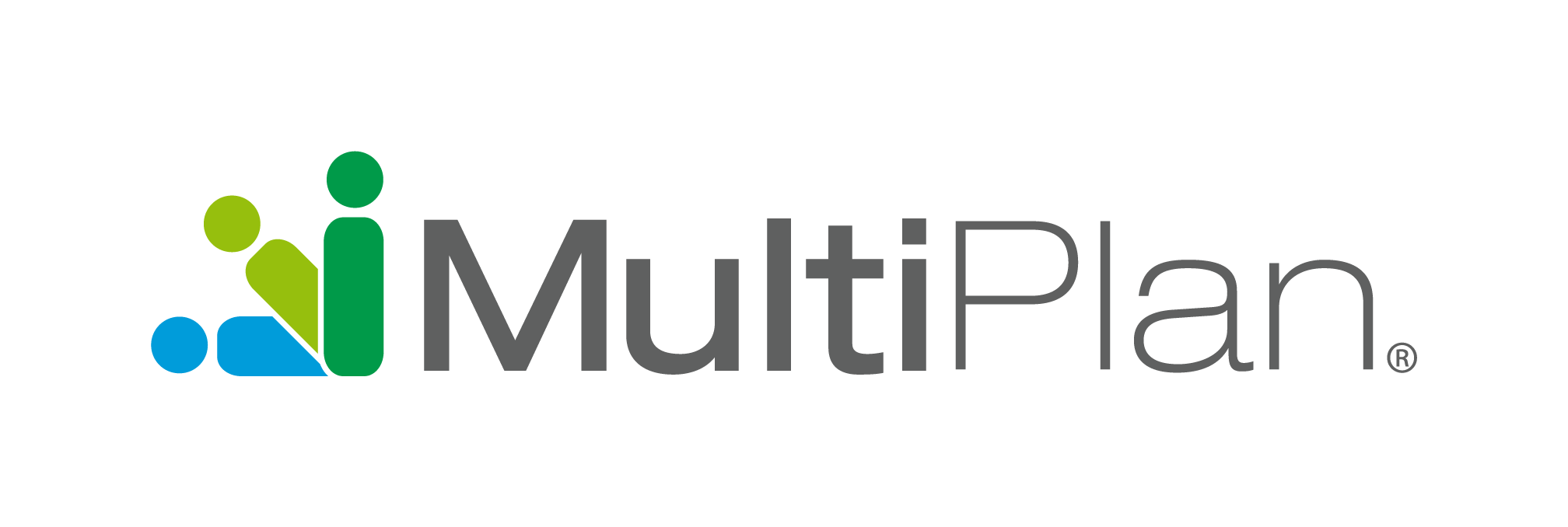Despite the uncertainty that the pandemic has brought to healthcare, one thing is certain: the Medicare Advantage market will continue to grow in 2021. While this creates great opportunity for health plans, it also creates new challenges. With more options afforded to them, growing numbers of Medicare beneficiaries are shopping around for the coverage that suits them best. The resulting changes in the market give rise to inaccuracies in eligibility data and reduced premiums paid to plans.
The changing Medicare marketplace
Medicare is now the fastest-growing segment of the health insurance market, with 10,000 baby boomers aging into the program every day. Medicare enrollment is expected to soar between 2021 and 2029, reaching 77 million enrollees by the end of the decade. That’s an increase of 1.5 million new enrollees each year.
Medicare Advantage plans expect to see similar growth. In fact, Medicare Advantage enrollment is now more than twice what it was in 2010, with 37% of Medicare enrollees participating in Medicare Advantage plans in 2020. The Congressional Budget Office projects Medicare Advantage will increase to nearly 51% of total Medicare enrollment by 2030.
The popularity of Medicare Advantage plans brings new competition and complexity for health plans to manage. In just the last two years, 1,200 new plans have been added, offering greater choice to Medicare enrollees and creating stronger competition. Medicare Advantage plans are now focusing on member satisfaction and recruitment as they look to retain and attract new members in a competitive market.
The effect of Medicare Advantage growth on revenue integrity
In today’s Medicare Advantage market, participating plans must contend with new concerns over revenue integrity. With the many options available to Medicare members, there is an increase in members moving from one plan to another or shopping plans for more benefits with less cost share.
This movement has the potential to create confusion and inaccuracies in eligibility data, ultimately affecting premiums paid to plans by the Centers for Medicare and Medicaid Services (CMS). With inaccurate or incomplete member eligibility data, Medicare Advantage plans are at risk for receiving fewer premium dollars than they are owed.
How Medicare Secondary Payer Validation can help
A key component of ensuring accurate eligibility data lies in identifying which plan is primary for each Medicare Advantage member. Premiums paid by CMS to Medicare Advantage plans are reduced 82% per month when other primary medical coverage exists. Ensuring the accuracy of this data falls on Medicare Advantage plans, and many plans fail to realize how much revenue they lose in underpaid premiums.
Finding inaccuracies and identifying primacy changes requires the right mix of data modeling, sophisticated tracking, and workflow technology. The key is to focus only on the right records with the greatest potential to negatively affect premiums.
Since MSP validation can have such a significant financial impact for Medicare Advantage plans, finding a Medicare Secondary Payer Validation partner is wise. There are several factors to consider. Most important is making sure the vendor has ample expertise in the process. While some vendors solely provide information back to the health plan, other vendors will drive the process and update CMS’ source data to effectuate restored premium. The right vendor will work to align the organization, simplify compliance, bring focus to validation activities—and provide measurable value.
Learn more about how MultiPlan’s Revenue Integrity Services can help you restore and protect your premium dollars, potentially adding millions to your bottom line.
Previously published on the former Discovery Health Partners website.

